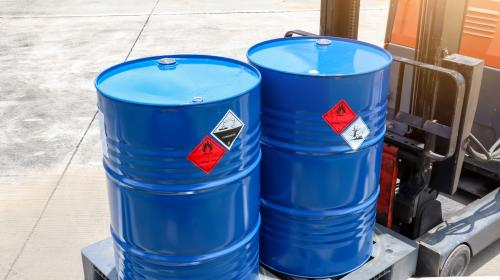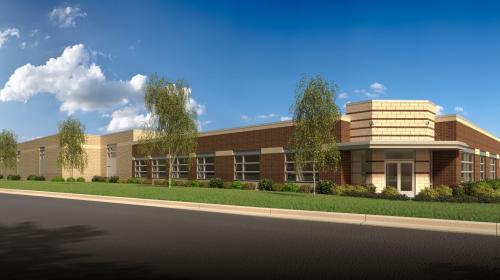This post is continued from last week’s post, “Top 10 Frequently Asked Questions about Satellite Accumulation Areas (SAA): Part I.” If you haven’t read Part I, you can view it here.
- How should containers be managed at Satellite Accumulation Areas?
Managing containers at an SAA may sound simple, but the ramifications for mishandling hazardous waste can be devastating to your company, ranging from facing fines and legal liabilities to compromising your professional reputation. Here are best practices and tips from our experts:- Be mindful of your SAA location(s). Be mindful of your SAA location(s). Keep your SAA away from walkways, drains and exits. SAAs must be at or near any point of generation under the operators’ control, meaning it cannot be in an area separated by walls. When in doubt, consult professionals with experience managing hazardous waste containers, like those at Enviro-Safe Resource Recovery.
- Keep containers closed when not in use. Keep lids closed on satellite waste containers except when adding or removing waste, e.g., replace bungs on closed-head drums or bolt rings and lids from open-head drums. Note there are some exceptions listed under the Generator Improvement Rule.
- Practice proper labeling. Each container in a SAA must be dated and labeled “Hazardous Waste.” We recommend also adding a description of the various types of waste and hazardous materials.
- Communicate your SAA protocols to your employees. Failing to document and communicate your SAA protocols poses potential safety risks for employees and emergency responders. SAA locations should be included in the preparedness, prevention and emergency procedures, and contingency plans for your company.
- Consider additional regulations that might apply to the types of waste your company generates, as well as any state regulations. For example, OSHA requires certain protocols around flammable liquids, and some states impose limits on the amount of time wasted that can remain at an SAA. Learn more about Wisconsin’s state codes for SAAs in NR 662.034(3) or 662.192(4) Wis. Adm. Code.
- Know when to get help from an expert. A professional can help you with all of the best practices outlined above. Experts like those at Enviro-Safe Resource Recovery can also help you identify when and how to move your waste from your SAA to a Central Accumulation Area (CAA) or offsite.
- What changes will take place for SAA policies with the Generator Improvement Rule (GIR)?
The EPA has outlined several revisions to the SAA requirements for small and large quantity generators with the GIR. These include clarifying rules around satellite waste containers remaining closed except when necessary for safe operations, imposing weight restrictions on waste, restricting which wastes may be mixed, clarifying the “three days” regulation, and more. For a full list of changes taking place under GIR, visit the EPA’s site here.
- What happens when an SAA exceeds the 55-gallon limit?
Within three calendar days, waste exceeding 55 gallons at an SAA must be moved from the SAA to a Central Accumulation Area (CAA) by a trained professional. CAAs are onsite areas where hazardous waste accumulation occurs in containers and tanks. Generators often use CAAs to consolidate waste to ship offsite. Once your waste exceeds the limits placed on a CAA, it is time to consult experts in transportation services. Be sure to trust only permitted, fully insured, and licensed transporters for moving your hazardous waste, like those at Enviro-Safe. Our nationwide network of transporters is properly trained and has met all DOT requirements for transporting hazardous materials, and non-hazardous and hazardous waste. Contact us today for your transportation service questions. Regulations for large and small quantity generator CAAs are outlined by the EPA in Title 40 of the Code of Federal Regulations (CFR) in Part 262. Regulations for large and small quantity generator CAAs are outlined by the EPA in Title 40 of the Code of Federal Regulations (CFR) in Part 262.
- What resources exist for my company to manage our SAA?
- The EPA site lists current regulations and notes changes in SAA and CAA regulations on its website.
- We recommend checking your state regulations before storing hazardous material onsite. Visit the Wisconsin DNR site for more info here.
- Contact the experts at Enviro-Safe if you have questions regarding onsite hazardous waste storage or removal. We understand the complexities of hazardous waste management so you can remain in compliance, ensure employee safety and transport your hazardous waste in the most cost-effective way for your business.



